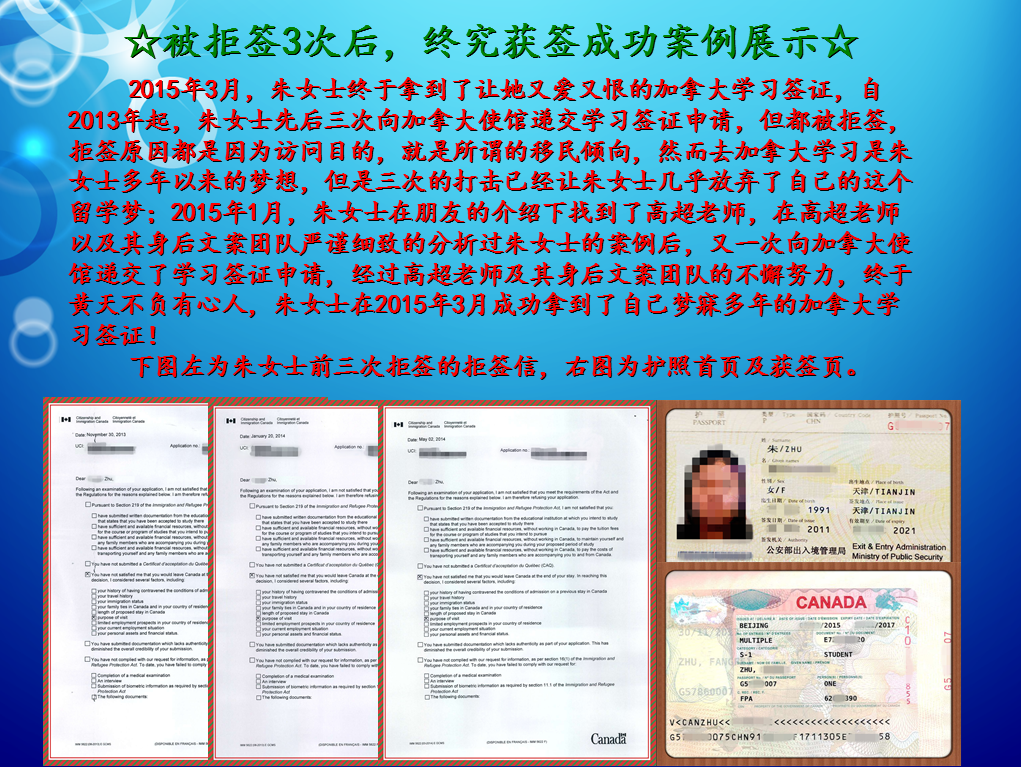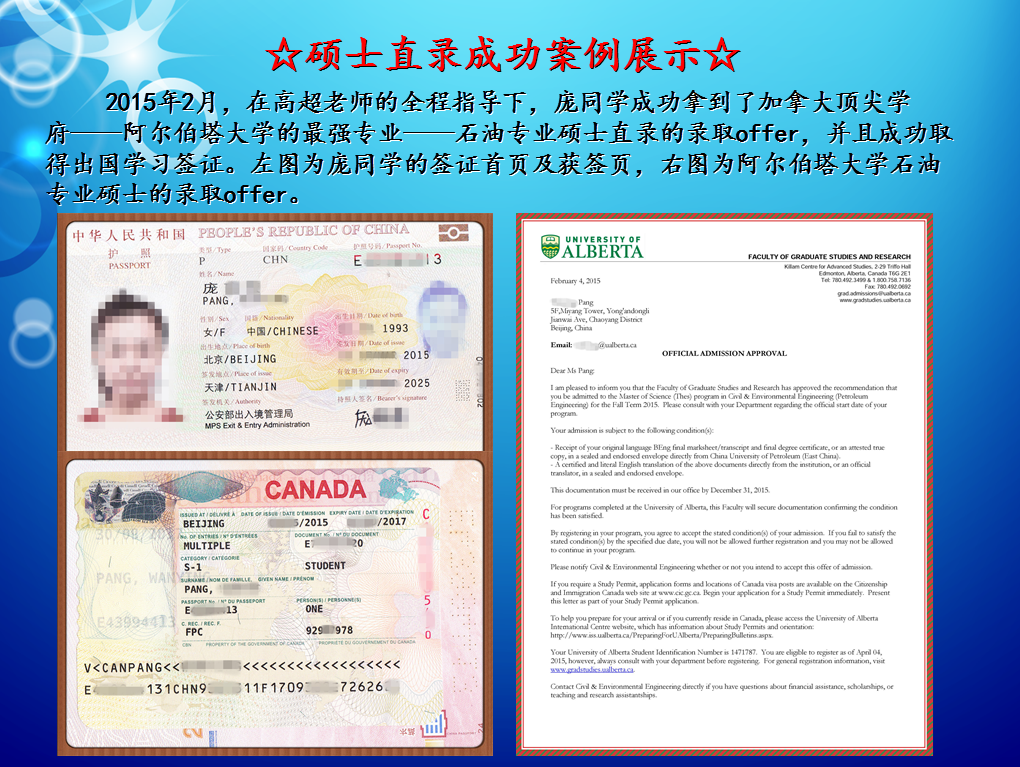6月阅读GMAT机经整理:黄蜂和毛毛虫.
2017-08-10 319阅读
6月6日后GMAT换库后,小编为大家收集整理6月份的GMAT阅读机经,这篇是关于黄蜂和毛毛虫的文章,分享给大家,希望对大家有所帮助,仅供参考。
本月原始
碰到一篇讲黄蜂和毛虫的。黄蜂在毛虫里面下蛋,幼虫因为吃毛虫因此可以消灭毛虫。科学家研究,为什么黄蜂可以找到毛虫并在毛虫身子里下蛋。后来他们发现是毛虫咬树叶,树叶的分泌的物质和毛虫的口水反应产生一种物质,引来了黄蜂,这是一种树木自我保护的机制。文章末尾说还不确定这种办法可不可以利用来处理毛虫。
本月原始 大家注意第二次出现啦
有一篇是讲他们研究wasp是怎么被caterpillar吸引的。
有的叶子自身带毒,所以可以抵御吃他们的动物。但是,有一种叶子非常厉害,它保护自己的方式是:它散发一种气味,吸引caterpillar过来散发一种物质在叶子上,然后wasp会被这种混合物所吸引过来,过来后wasp就会吃掉caterpillar。
考古:已确认
RC-3: 某种植物,利用黄蜂(wasp/parasitic wasp寄生蜂)----毛毛虫(caterpillar)的天敌,攻击毛毛虫。(俺“冒然”推测,本篇是本月高频)
【版本1】一篇是讲毛毛虫,植物,还有捕捉一种毛毛虫的动物,这三者之间的关系,这篇是最长的,我没太看懂....不好意思啊各位... 主要是讲什么/怎么样导致植物分泌一种物质使捕食者来消灭毛毛虫 ;第一段猜测这三者的关系 第二段就是科学家通过试验来验证这个猜测
有益补充(已经过JJ作者确认):WASP会把它的幼虫LAVAE寄生到一种虫身上. 这种虫吃一种植物.这种植物在这种虫吃它时会分泌一种CHEMICAL, 这种CHEMICAL 会吸引WASP. 所以这种植物是通过另外一种生物来抵抗它的天敌.
【版本2】还真碰到了那个Caterpillar的题, 这篇阅读比较长而且逻辑关系很强, 没把眼镜差点看破了. 关键词:caterpillar, wasp, attractive chemicals. 主要讲plants have developed their own densive system by attracting wasps, the predator of caterpillar host. caterpillar咬完树叶后, 树叶会自己分泌chemical attracion 引来wasps, 科学家开始怀疑是caterpillar自己在吃剩下的树叶上留下的chemical attraction 后来发现不是. 第一个题问文章concern什么, 我选E, 关于densive system 第二个是inferred from the passage, wasp would be attracted by which of following , 忘选什么了
[旧JJ相关内容1]植物利用黄蜂攻击毛毛虫讲一种树在受到caterpillar的攻击的时候可以释放出一种气味以吸引wasps来攻击这种caterpillar, 不仅如此,科学家还发现这种树还可以判断caterpillar是否在攻击自己而释放出不同的气味.
问题
第一题问树枝被刮断时黄蜂会有什么反应,
还有一道主题题(一共4题),另外的记不起来,sorry
[旧JJ相关内容2]再烦请机经作者确认是不是这个JJ?(2004年11月JJ)
Parasitic and predatory arthropods often prevent plants from being severely damaged by killing herbivores as they feed on the plants.
Recent studies show that a variety of plants, when injured by herbivores, emit chemical signals that guide natural enemies to the herbivores. It is unlikely that herbivore-damaged plants initiate the production of chemicals solely to attract parasitoids and predators. The signaling role probably evolved secondarily from plant responses that produce toxins and deterrents against herbivores and antibiotics against pathogens. To fectively function as signals for natural enemies, the emitted volatiles should be clearly distinguishable from background odors, specific for prey or host species that feed on the plant, and emitted at times when the natural enemies forage. Our studies on the phenomena of herbivore-induced emissions of volatiles in corn and cotton plants and studies conducted by others indicate that (i) the clarity of the volatile signals is high, as they are unique for herbivore damage, produced in relatively large amounts, and easily distinguishable from background odors; (ii) specificity is limited when different herbivores feed on the same plant species but high as far as odors emitted by different plant species and genotypes are concerned; (iii) the signals are timed so that they are mainly released during the daytime, when natural enemies tend to forage, and they wane slowly after herbivore stops.
拼图:本文应为结论(假设)or现象解释型文章。(待验证,目前偏向前者)
P1: 提出植物、caterpillar、wasp/parasitic wasp之间关系的假设or现象:caterpillar是herbivore,caterpillar feed on plants. 这样plants就有可能被过度破坏,为了防止这种过度破坏,植物会释放一种chemical/odor,借以吸引wasp----毛毛虫的天敌(natural enemies),这样wasp就会干掉(kill) caterpillar。植物得以免于被过度破坏。
P2:科学家设计实验来验证这个假设。
【V1 】
是说印度生物学家发现的一个现象,虽然很多人认为Unbelievable,但最后还是被证实了。就一种植物能模仿真菌,吸引小虫来授粉。第二段是详细介绍这种怎么植物模仿。最后一段是说也有一些其他植物也这样,共同特点有odor,color,texture之类的。问题只记得一个了。。就是文章从哪些角度写那种特殊植物的。应该选color和texture,因为第二段就是从这两方面写的。
【V2】
还有一篇关于植物的,个人感觉比较坑爹,特别多专有名词看不懂,就是大概讲一种什么植物模仿其它植物来吸引虫子为它传粉。
【V3】
植物授粉那道题,又是5段!!!第一段说了一个人提出了一个unbelievable的理论,加引号了,后面就有一个题问大家认为它unbelievable是为什么,可是我好像没有定位到唉。
【V6 】
说那个a f的怪植物特征表现在,最后一句话, 提到的哪两个上:
lz选颜色和texture,颜色非常肯定,因为有讲到,但texture 同学可以再看看。反正你选color,就只要2选1了。
【V7 】
生物那篇 三段: P1: 说一个叫A的人提出了一个"unbelievable"的说法,就是很多植物可以通过吸引小虫子 授粉。。。。。
P2:说具体的一个植物的例子很复杂。。。。都记不住了
P3:说这种类型的植物在雨林中的 dweller 中很普遍。。。
记住一个问题:最后一段中作者提到了这种植物的那些特性:
odor and humidity 我选的这个
【v8 】
花模仿蘑菇吸引虫子授粉,p2和p3的关系式,p2单讲一例A...花,p3大概推而广之讲很多植物都会模仿fungi.所以要注意区分是p2提到的A的特性呢,还是p3广泛化以后的提到的会模仿的植物的特性。不要张冠李戴。
背景知识
我的材料:
词汇:pollination授粉 mimicry 模仿 entice 诱使 怂恿
(感谢CC1990提供jj和文章)
Pollination study comes up with new insights
Dipannita Das, TNN, Nov 5, 2010, 01.43am IST
PUNE: Did you know that inflorescence can deceive its pollinators (beetles and bees) by mimicking an egg-laying site through a nauseating gaseous stench. With this deception, the plants achieve pollination without actually providing any reward to the insects.
This observation was made in Amorphophallus species(tuberous herbaceous plants), commonly known as corpse flower or elephant foot yam belonging to the Arum family in the northern parts of the Western Ghats and Konkan region, by scientists Sachin A Punekar and K P N Kumaranof the Agharkar Research Institute here. This work is a kind of first from the Indian subcontinent addressing the pollen morphology and pollination ecology of these species.
Another aspect found in a large number of these species is the process of heating. The spadix (a type of inflorescence) produces 30-45 degree Celsius heat during at least the first night, when flowers become susceptible and pollinators are attracted to it.
The research paper was published this year in Elsevier research journal Flora Morphology, Distribution, Functional Ecology of Plants and has been recently cited under the top 25 hottest articles under the environmental science theme.The present study, using scanning electron microscope, delves adequately on this topic. It can be utilised as an important tool to distinguish taxa (group of organism) and also to resolve taxonomic problems, Punekar said.
The inflorescence form的形态 and shape形状 plays a significant role in attracting insects. Amorphophallus have a very strong and obnoxious odour臭味. The odour of each species has a characteristic chemical composition, Punekar said. In many species, the odour is a nauseating gaseous stench. This odour attracts pollinator insects that breed or feed on dung, decaying matter or fungi. 授粉动物会被恶臭吸引,因为他们都是“吃屎长大的”,囧-。-This also results in pollinators meeting their sexual partners and completing their reproductive cycle, he said.
The study observes five phases of insect trapping in Amorphophallus species, which facilitate pollination.
The initial phase of attracting beetles from a distance is possibly based on a visual trap resulting from the inflorescence size and form and the frequency of the plant in a particular area. In the second phase, beetles get attracted from a distance by the odour trap, where the appendix emits a stench. In the third phase, most of the insects fall to the bottom of the spathe via a slippery trap provided by the wet appendix.
During the fourth phase of pollination, the insects, attracted by a food trap, crawl over the pistillate zoneand staminate zone. Here, the visual attraction act as baits.
In the last phase, the trapped insects get shelter from light inside the kettle and meet sexual partners, achieving copulation and sometimes lay their eggs.
In a number of flowering plants, especially orchids, a plant uses mimicry to entice the insect pollinator to visit the flower and successfully pollinate it with no reward of food to the pollinating insect.
Many flowers that are dark red or red-purple produce a scent that is similar to the scent of rotting flesh. In this case, the pollinator visits the flower believing that there is a meal or a carcass on which to lay its eggs. Female blowflies will land on these flowers, lay their eggs, and in the process of moving about the flower inadvertently pollinate it. However, when the eggs hatch the maggots die, as there is no rotting flesh to eat. In other cases the duped pollinator lands on the flower and moves around the flower and inadvertently pollinates the flower while trying to find the rotting flesh to eat.
Besides the need to eat, pollinators need to mate in order to produce the next generation and ensure the continuation of the species. Many orchids take advantage of this innate behavior to reproduce.
The warty hammer orchid of Western Australia produces a chemical scent that is almost identical to the pheromone that the female thynnine wasp releases when she is sexually receptive. The orchid&aposs labellum (lower lip) is also shaped similarly to the body of the female wasp. The male thynnine wasp grasps the imitation female and tries to fly off with her to mate and in the process crashes into the flower structure containing the pollen and the stigma. Pollen from one orchid is carried to another and pollination occurs. The male thynnine wasp&aposs desire to mate as many times as possible lends to this trait of pollinating the warty hammer orchid.
Some plants take advantage of the sex drive of specific insects. The Copper Beard Orchid has a floral structure and scent that mimics the female scoliid wasp. The male wasp attempts to mate with the flower (pseudocopulation) and in doing so provides the pollination service as they travel from one orchid to another attempting to mate with other "female wasps."
源文档
In order for the Hammer orchid to be successfully pollinated, the male wasp must be fooled by another individual orchid, where it goes through the same procedure. But this time the pollen is deposited in the stigma, and so that plant has been pollinated.
源文档
铁锤兰 铁锤兰的颜色和味道就像是生肉,它是一种生长于澳大利亚的植物,这类植物的特点在于一个窄窄的铰接茎干上均长着似昆虫的唇瓣和一个有翼柱壮物携带花粉和柱头 。铁锤兰的授粉方式十分独特,它会把自己装扮成雌性黄蜂的模样,勾引雄性黄蜂过来交配。
在《PLoS Biology》学报上刊登的最新研究成果指出,全球授粉动物多样性的破坏会威胁植物群落的可持续发展。
由于每隔16年就有一次动物灭绝危机,因此动物多样性的丧失对于生态系统的扰动程度还不能确定。植物是地球的初级生产者,而扮演植物再生重要角色的授粉动物越来越受到重视。这种植物——授粉动物的互利关系十分特殊,一个物种的消失甚至会威胁到别的物种的存在。Colin Fontaine等人通过自然条件下对植物和授粉动物相互关系的实验,发现全球授粉动物多样性的破坏会威胁植物群落的可持续发展。
研究人员用了不同的植物(全开的花和未全开放的花)和口器长短不同的昆虫(食蚜蝇和大黄蜂)进行实验。授粉动物选择了各自适合的植物:食蚜蝇选择的大都是全开的花朵,蜜蜂选择的大都是未全开放的花朵。蜜蜂也可以在全开的花上授粉,但是只要有未全开放的花朵,它们就会放弃全开的花。授粉者的出现,会使授粉更高效,使植物再生更成功。当实验减少授粉动物种类时,发现物种的丧失会影响植物——授粉动物群落,进而最终触发生物多样性危机,并通过食物链反映出来。
大约有70%的植物依靠动物授粉,而至少有82种哺乳动物授粉者和103种鸟类授粉者已经灭绝或者濒临灭绝,这是亟需重视的问题。
以上就是关于黄蜂和毛毛虫的GMAT机经的全部内容,考生朋友可以有选择的看看,最后需要提醒各位的是,GMAT机经虽然会对我们解题有所帮助,但是在考场中即使题目很像也要避免秒选,最后祝大家都能考出好成绩。
留学咨询
更多出国留学最新动态,敬请关注澳际教育手机端网站,并可拨打咨询热线:400-601-0022
留学热搜
相关推荐
- 专家推荐
- 成功案例
- 博文推荐

Copyright 2000 - 2020 北京澳际教育咨询有限公司
www.aoji.cn All Rights Reserved | 京ICP证050284号
总部地址:北京市东城区 灯市口大街33号 国中商业大厦2-3层









高国强 向我咨询
行业年龄 12年
成功案例 3204人
留学关乎到一个家庭的期望以及一个学生的未来,作为一名留学规划导师,我一直坚信最基本且最重要的品质是认真负责的态度。基于对学生和家长认真负责的原则,结合丰富的申请经验,更有效地帮助学生清晰未来发展方向,顺利进入理想院校。
Tara 向我咨询
行业年龄 7年
成功案例 1869人
薛占秋 向我咨询
行业年龄 11年
成功案例 1869人
从业3年来成功协助数百同学拿到英、美、加、澳等各国学习签证,递签成功率90%以上,大大超过同业平均水平。
Cindy 向我咨询
行业年龄 19年
成功案例 5073人
精通各类升学,转学,墨尔本的公立私立初高中,小学,高中升大学的申请流程及入学要求。本科升学研究生,转如入其他学校等服务。